
Oyster mushrooms are fleshy, light and very moist to the touch.
The oyster mushroom, Pleurotus ostreatus, is a well-known and well-cultivated mushroom. It is edible and many people (myself excluded – never eat your work) find it delicious. But if you can find this mushroom out in the wild you might save it from the frying pan and stick it in your spalting bin instead. The oyster mushroom is a quick-growing white rot fungus. This means it bleaches the wood similar to Turkey Tail (Trametes versicolor). Remember, it only takes two bleaching fungi to make zone lines, so pair this one with any other of equal strength and you’ll get two types of spalting instead of one!
Where to look
You’re most likely to find it on hardwood logs in a wood pile or near streams. As with most fungi, check the shaded side of the log.
When to look
The oyster mushroom is a fall/winter mushroom, so it should be fruiting now.
What to look out for
Every time I have found this mushroom it has been crawling with black beetle larvae (little white wiggly worm things). These little guys will eat up your mushrooms within a day if you don’t get them out. Soaking the mushrooms in salt water can help evict the beetle larvae.
Did you find any great mushrooms this summer? Let me know if I can help ID them for you and let you know if you’ve got a spalter on your hands!
Seri
Fine Woodworking Recommended Products

Ridgid R4331 Planer

AnchorSeal Log and Lumber End-Grain Sealer

DeWalt 735X Planer

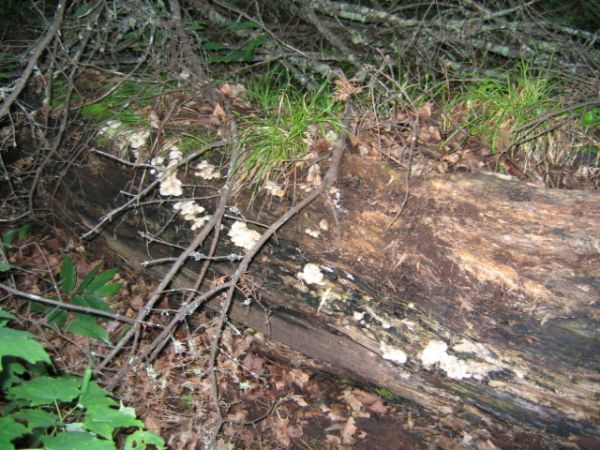
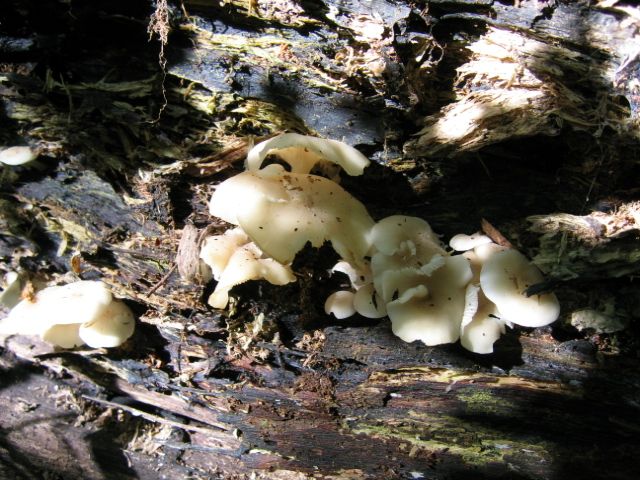

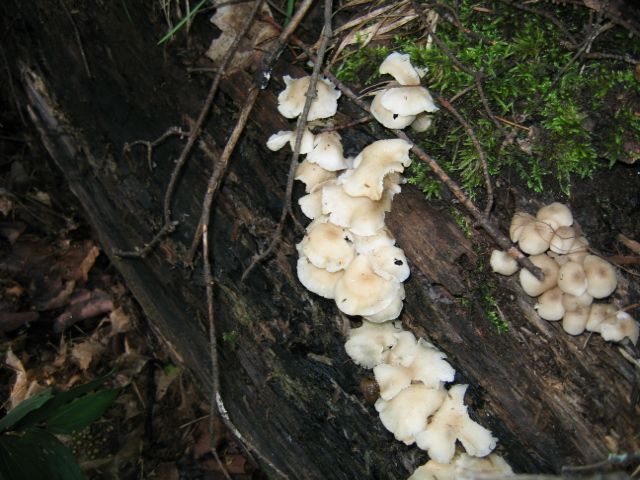

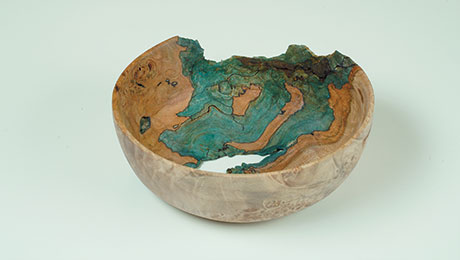
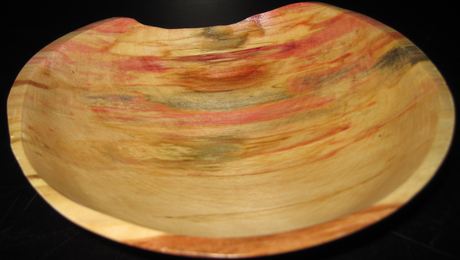
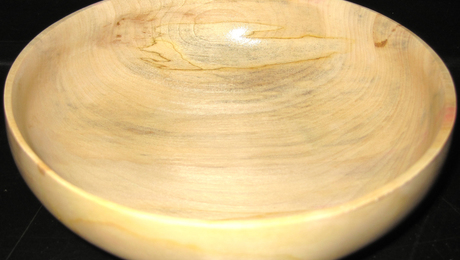
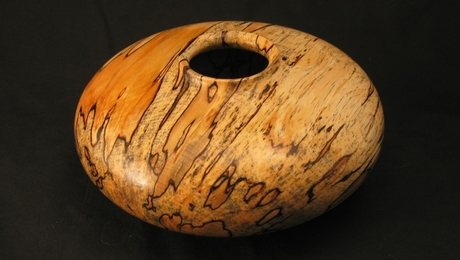






















Comments
i'll assume that they can't be confused with any poisonous ones?
To be honest, my mushroom knowledge is limited primarily to those that grow on wood. Oyster mushrooms are pretty different from most others I have ever run across, especially in their texture. It'd be pretty hard to mistake one for something else, but I've included some tips below just in case.
The big poisonous ones people worry about are primarily the amanitas; mushrooms known as death cap, angel of death, etc. Those grow from the ground duff, not on logs. They're much more 'mushroom' shaped. Oyster mushrooms are sort of airy and light, and grow ON logs directly, since they are wood decay fungi.
Remember, if you are not 100% sure of a mushroom's identity, DO NOT EAT! Always better to be safe than sorry!
Log in or create an account to post a comment.
Sign up Log in